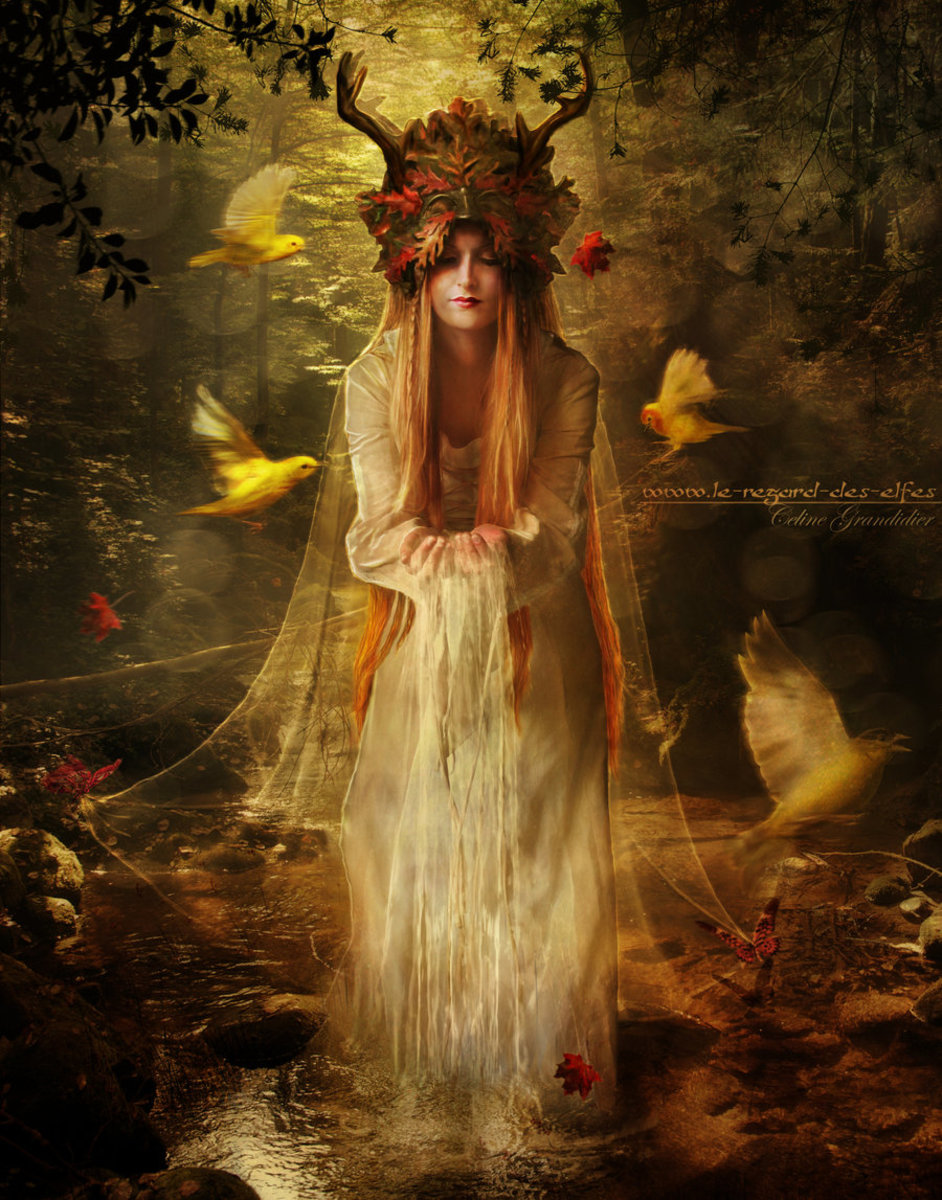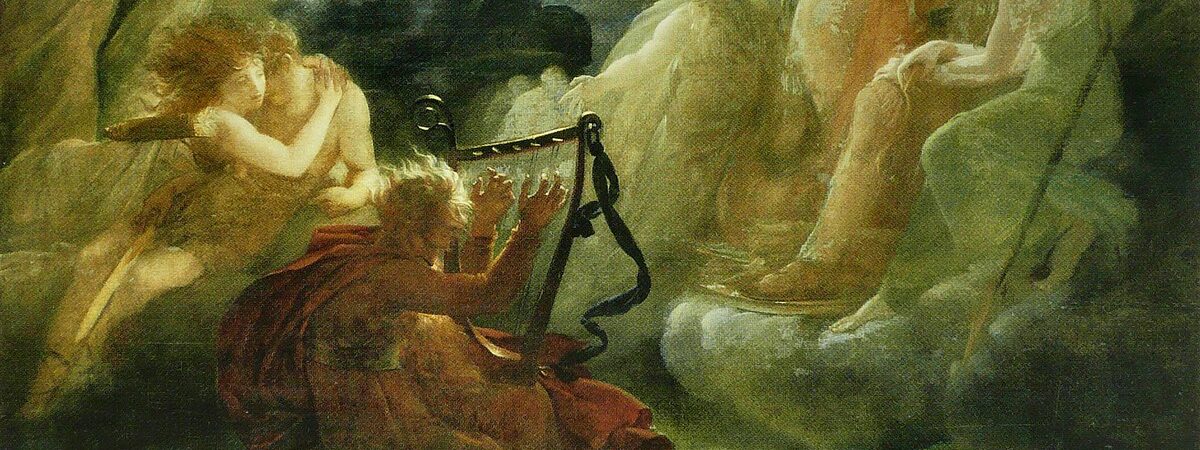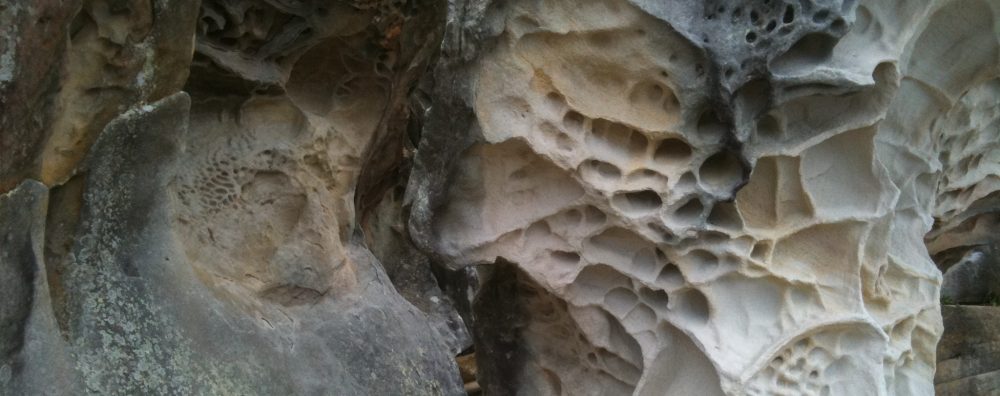In her new book Fairy Haunts of Ireland, master dowser Alanna Moore shares some of the many fairy insights she has gleaned over her years living in Ireland. In the book Alanna furnishes readers with a mix of fairy locations with photos and precious fairy lore, some of which she shares here.
So, what is meant by fairy passes in Ireland? ‘Earth energy flows have many names and a ‘fairy pass’ is one of them, also fairy lines. The Chinese might call these energy flows Dragon Lines/ Lung Mei. Here, earth energy flows in a serpentine manner around the landscape, meandering and curving, energising the land. You don’t want to obstruct them,’ Alanna cautions. ‘The fairies like to travel along these energy flows and they can get very upset, or the line will disappear if it’s disturbed.’
In her new book Alanna also delves into co-evolution with otherworldly beings, but what does this look like? ‘Nature spirits that have developed fond connections with groups of people have evolved to appear like and imitate the behaviours of humans, as seen by seers,’ she explains. ‘They enjoyed interacting energetically with people and went on to become guardian spirits, as well as the goddesses and gods, of their tribes. This has been happenning for millennia. When the tribes migrated, their tribal spirits went with them.’
Rivers, we learn, each have their own ruling goddesses. ‘From what I’ve worked out in Ireland, most of the river names were recycled from Celtic names from ancient Gaul, such as the Shannon, which is seemingly derived from the same name as the Seine in Paris,’ Alanna explains. ‘The Celtic tribes expected protection from their river deities, as rivers were often tribal boundaries. So they were beneficent sovreign beings, as well as fearsome protectors, not to be messed with!’

Not all fairy sites are benevolent, but how can we tell? ‘Fairies, by which I mean all nature spirits, have their territory and sacred places,’ Alanna reflects, ‘and if we mess them up they can get very cranky! Best to ask permission to visit ‘fairyland’, to avoid their wrath. Find out if fairiy places are present before making radical changes in your garden too.’
Most of us wouldn’t associate Ireland with a sun goddess, yet she is seen to play a treasured role . ‘Aine was Ireland’s sun goddess, but much more too,’ Alanna tells. ‘She had homes in lakes and across landscapes and was invoked to protect the crops as well as the land. The sun being so important to crop fertility in a dull, damp place, it’s not surprising really. It was common for the sun to be perceived as a goddess in ancient Europe.’

What then of Tir N’a Og, the Land of the Dead? Is there a relationship with fairies beyond the veil? ‘Some of the old Irish fairy tales of actual encounters speak of seeing the faces of the recently deceased amongst the ‘shee’, the fairy hordes,’ Alanna tells. ‘This suggests that the dead can be around us, just in another dimension, as the shee are. So the Land of the Dead is like a parallel universe. People who lived on the coast looked across the western ocean for the location of such a land, but people inland they knew it to be all around them, or beneath the ground.’


As a master dowser of over forty years, Alanna Moore, is author of ten books and many magazine articles. Her new book, Fairy Haunts of Ireland is now out. Alanna has made twenty-one films, produced a hundred Geomantica magazines about dowsing, and travelled extensively around Australia teaching dowsing and geomancy, and building Power Towers to enhance plant growth. Now based in Ireland, Alanna has also presented across Europe and New Zealand, in Malaysia and Taiwan. As a permaculture gardener she specialises in ‘sensitive permaculture’design, and features in the book Permaculture Pioneers. Visit her website at www.geomantica.com

